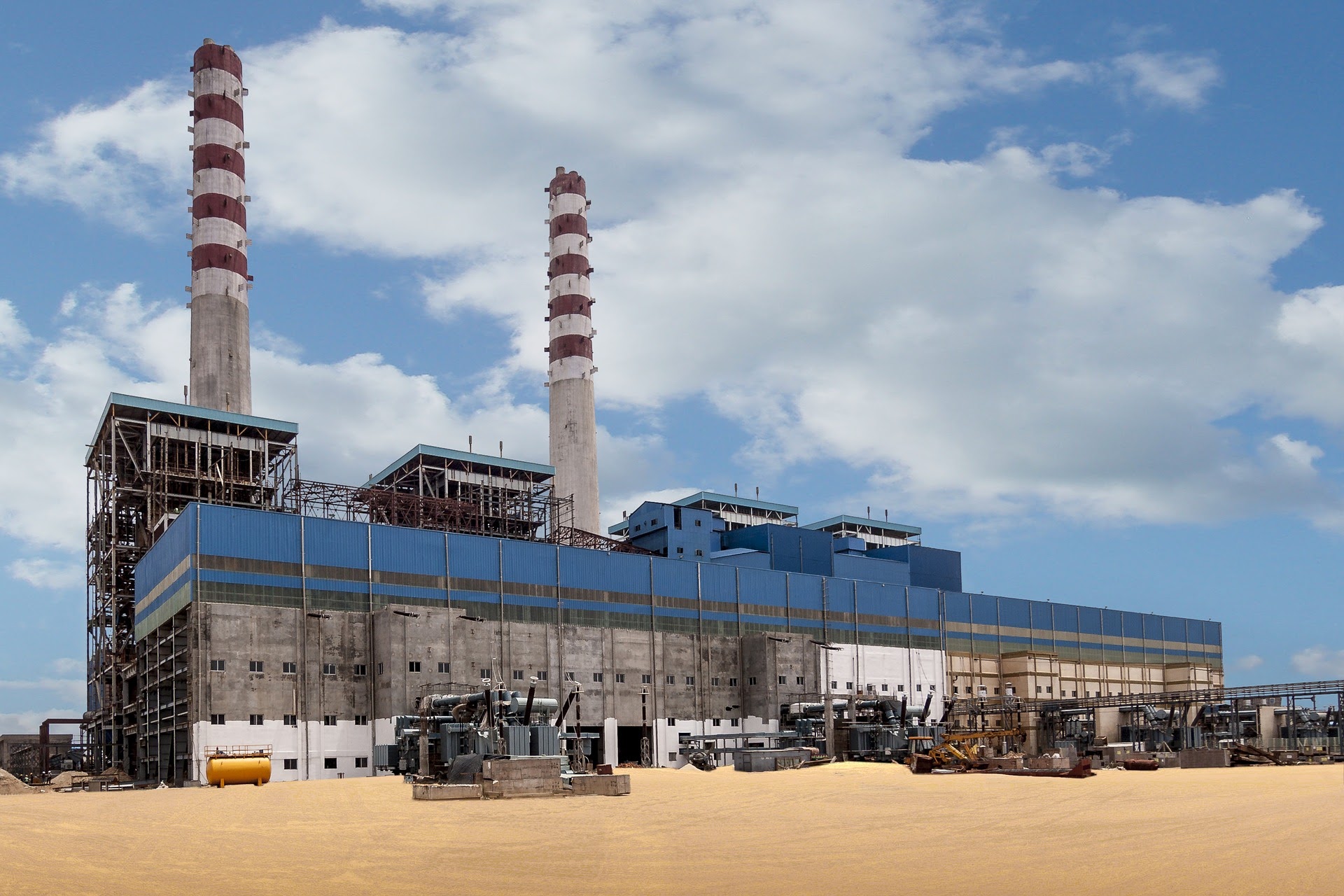

A good reason why die casting is the go-for method for making auto parts is that it’s a traditional process that has existed for centuries. Over time, people have perfected the craft, making it a household metal-component manufacturing process. In Southeast Asia, precision die casting is widespread, with resultant products most preferred in the automotive and machinery industry. Here are the reasons why.
Machinery components from precision die casting complement the shape of the die with maximum efficiency. As molten metal gets injected, it prevents heat expansions that could alter the size and breadth of the product. Die casted metal alloys withstand high temperatures and don’t corrode easily, and this attribute perches it above other manufacturing processes, including sand casting. Besides, it also produces bulk metal parts that are also precise in dimension, faster compared to other processes, making it more economical.
Die casted metal parts are usually long-lasting and don’t need frequent replacements once installed in machinery. Its high-speed production process fosters high dimensional stability, and this feature makes it fit accurately in all machinery, reducing tears and wear. Poor dimensional stability is the outset for friction, as heat leads to their expansion. These volume variations increase rubbing that escalates heat production, further worsening the situation.
Precision die casting is reputable for its ability to produce many metal components quickly, but that isn’t just it. Die casting machines also make a wide variety of metal component shapes, dubbing it the most salutary method for making metal components that fit different machinery. Although sand casting appears to catch up with this feature, the process is usually slower, and resultant metal components don’t match the quality.
Any Southeast Asia die casting company deciphers the need to deliver high-end die-casted metal components to the bulging machinery realm. Quality is essential in any die casting company and results from proper finishing processes. Companies usually invest in sturdy technologies and numerous equipment to make this secondary process a success. Such processes include impregnation, wet painting, ED coating, shot blasting, and anodizing. These procedures improve the quality, making them market-ready.
Die-cast metal parts shouldn’t only be strong and dimensionally stable but also thin-walled and lighter. Light metal components are easy to carry around and also don’t make machines heavier. Although the die-cast metal material also matters – such as aluminum, which is usually diaphanous – thin walls also weigh in significantly into this. Besides, these thin walls are also robust to resist any forces within a machine regardless.
Any proficient Southeast Asia die casting company understands the need to produce high-quality die-cast metal components to align with the bulging industrialization. While companies specialize in different metal casting manufacturing processes, die casting companies win the most, and the reasons are apparent. Die-cast metal parts are usually dimensionally stable, durable, and economical to produce and have diverse finishes to suit the needs of every machinery company.
One of the most simple and effective ways of securing the future of your family…
Maintaining physical health gains greater importance with each passing year. Adding a mild detox to…
Undergoing the process of learning programming can be quite thrilling as it allows people get…
The world of technology is fast-paced, and there is always a quest to optimize business…
Putting your family first is an approach taken by many when they want their spouse,…
In today's fast-paced digital world, first impressions matter more than ever. A warm welcome can…
This website uses cookies.